Home>Technology>Smart Home Devices>How To Get A Printer To Print In Color
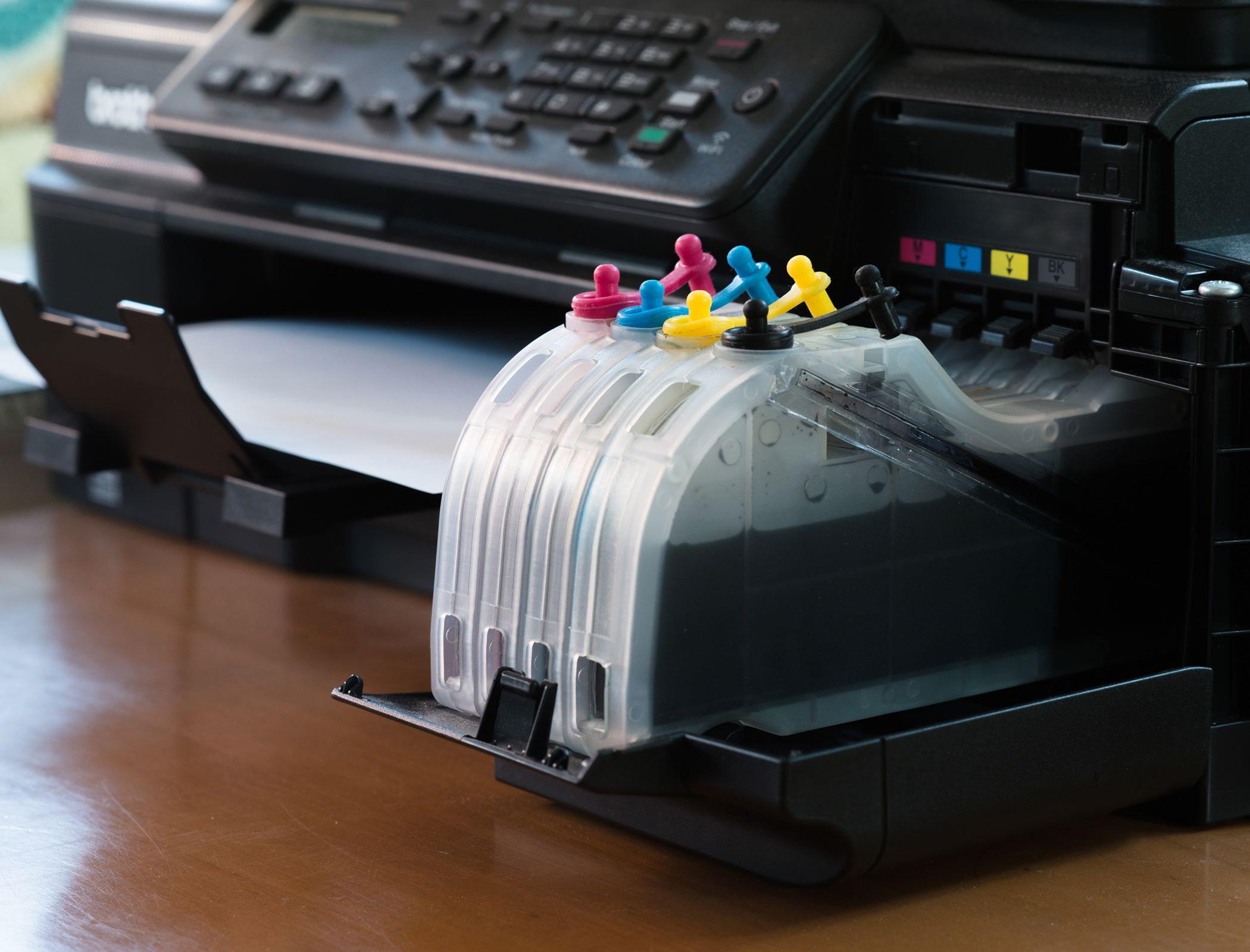

Smart Home Devices
How To Get A Printer To Print In Color
Modified: August 17, 2024
Learn how to troubleshoot and fix printer color printing issues with our comprehensive guide for smart home devices. Achieve vibrant and accurate color prints effortlessly!
(Many of the links in this article redirect to a specific reviewed product. Your purchase of these products through affiliate links helps to generate commission for Storables.com, at no extra cost. Learn more)
Introduction
Welcome to the world of printing, where the colors of your documents come to life! Printing in color adds vibrancy and depth to your materials, making them more engaging and impactful. Whether you're printing photos, business proposals, or creative projects, the ability to produce color prints is a valuable feature of any printer.
In this comprehensive guide, we'll explore the various methods for getting your printer to produce stunning color prints. From checking printer settings to optimizing software configurations, we'll cover everything you need to know to ensure that your printer is ready to bring your colorful creations to fruition.
Printing in color is a seamless process when everything is functioning as it should. However, you may encounter instances where your printer seems to be stuck in grayscale mode, producing only black-and-white prints. Fear not, as we'll delve into troubleshooting techniques and practical solutions to address this issue.
So, whether you're a home user looking to print family photos or a professional seeking to showcase your work in vibrant hues, this guide is your go-to resource for achieving stunning color prints with your printer. Let's embark on this colorful journey and unlock the full potential of your printing capabilities!
Key Takeaways:
- Troubleshoot color printing issues by checking settings, updating drivers, and replacing ink cartridges. Regular maintenance and software adjustments can ensure vibrant and accurate color prints.
- Keep your printer in top shape for stunning color prints. Check settings, update drivers, replace ink cartridges, and clean print heads to maintain optimal color output.
Check Printer Settings
Before delving into more complex troubleshooting steps, it’s essential to start with the basics. Checking your printer settings is the first step in ensuring that color printing is enabled and configured correctly. Here’s how to navigate through your printer settings to verify and adjust color-related options:
- Printer Properties: Access the printer properties by opening the Control Panel on your computer and selecting “Devices and Printers.” Right-click on your printer and choose “Printer Properties.” Within the properties window, navigate to the “Advanced” or “Color Management” tab to review color settings.
- Color Mode: Look for the color mode setting, which should be set to “Color” or “Auto” to enable color printing. If it’s currently set to “Grayscale” or “Black and White,” adjust the setting to allow color printing.
- Default Settings: Some printers have default settings that can override your printing preferences. Check for any default settings that might be forcing the printer to produce black-and-white prints, and make the necessary adjustments to prioritize color printing.
After reviewing and modifying the printer settings, attempt to print a color document to see if the changes have resolved the issue. If the problem persists, it’s time to explore additional troubleshooting steps to pinpoint the root cause of the color printing issue.
Update Printer Drivers
Printer drivers serve as the communication bridge between your computer and the printer, playing a crucial role in ensuring that the device functions optimally. Outdated or corrupted printer drivers can lead to various printing issues, including the inability to print in color. To address this, updating the printer drivers is a fundamental step in troubleshooting color printing problems. Here’s how to update your printer drivers:
- Automatic Update: Many operating systems, such as Windows and macOS, offer automatic driver updates through their respective update utilities. Check for available driver updates in the system settings or control panel, and allow the operating system to install the latest printer drivers.
- Manufacturer’s Website: Visit the official website of your printer’s manufacturer and navigate to the support or downloads section. Locate the latest driver for your specific printer model and operating system, then download and install the updated driver package.
- Device Manager (Windows): In Windows, you can use the Device Manager to update the printer driver. Right-click on the printer in the Device Manager, select “Update driver,” and choose the option to search for updated driver software automatically.
- Software Update (Mac): On a Mac, you can check for printer driver updates through the Software Update feature in the System Preferences. If a new printer driver is available, follow the on-screen instructions to install it.
After updating the printer drivers, restart your computer and attempt to print a color document to verify if the driver update has resolved the color printing issue. If the problem persists, additional troubleshooting steps may be necessary to identify and address any underlying causes of the problem.
Replace Ink Cartridges
When your printer fails to produce color prints, one of the most common culprits is depleted or faulty ink cartridges. Insufficient ink levels or dried-out cartridges can significantly impact the quality and color output of your prints. To address this issue, consider replacing the ink cartridges using the following steps:
- Check Ink Levels: Access the printer’s control panel or software interface to review the ink levels for each color cartridge. If any of the color ink levels are critically low or depleted, replacing the affected cartridges is essential.
- Replace Depleted Cartridges: Open the printer cover to access the ink cartridges. Depending on your printer model, gently remove the depleted color cartridges and replace them with new, genuine cartridges recommended by the printer manufacturer.
- Printer Alignment: After installing new ink cartridges, some printers require an alignment process to ensure optimal print quality. Follow the printer’s prompts to align the cartridges and complete the setup.
It’s important to use genuine and compatible ink cartridges to maintain the integrity of your printer and achieve the best color output. Once the new ink cartridges are installed, attempt to print a color document to confirm if the replacement has resolved the issue. If the problem persists, other troubleshooting measures may be necessary to address the color printing problem.
Check the printer settings to ensure that the color option is selected. Also, make sure that the color ink cartridges are properly installed and not empty. If the issue persists, try updating the printer driver.
Check Software Settings
Aside from printer-specific settings, the software you use to initiate print jobs can also impact color output. Whether you’re using a word processor, image editing software, or a specialized printing application, it’s essential to ensure that the software settings align with your color printing requirements. Here’s how to check and adjust software settings to optimize color printing:
- Document Properties: When printing a specific document, check the print settings within the software. Look for options related to color printing, such as “Color” or “Grayscale,” and ensure that the desired color settings are selected before sending the document to the printer.
- Print Preview: Utilize the print preview feature to inspect how the document will appear when printed. This allows you to verify the color settings and make adjustments before initiating the print job.
- Color Management: For applications that offer advanced color management features, such as image editing software, review the color settings and profiles to ensure that they align with your color printing preferences.
By verifying and adjusting the software settings, you can mitigate the possibility of color printing issues stemming from incorrect configurations within the applications you use. After confirming the software settings, attempt to print a color document to assess if the adjustments have resolved the color printing problem. If the issue persists, further troubleshooting may be necessary to identify and address any underlying causes.
Clean Print Heads
Over time, print heads can become clogged or contaminated, leading to diminished color output and print quality. Cleaning the print heads is a proactive measure to maintain optimal printing performance and address color-related issues. Here’s a step-by-step guide on how to clean the print heads of your printer:
- Printer Maintenance: Access the printer’s maintenance or settings menu through the control panel or accompanying software. Look for options related to print head maintenance or cleaning.
- Print Head Cleaning: Initiate the print head cleaning process as per the manufacturer’s instructions. This may involve selecting a specific cleaning routine designed to clear any obstructions or build-up within the print heads.
- Manual Cleaning: If the printer offers manual access to the print heads, you can carefully clean them using lint-free cloths and specialized cleaning solutions recommended by the printer manufacturer. Follow the provided instructions to perform manual print head cleaning.
Regular maintenance, including print head cleaning, can help restore the vibrancy and accuracy of color prints. After cleaning the print heads, attempt to print a color document to evaluate if the cleaning process has resolved the color printing issue. If the problem persists, further troubleshooting steps may be required to address any underlying causes of the problem.
Conclusion
Congratulations on taking the proactive steps to troubleshoot and resolve color printing issues with your printer. By exploring the various methods outlined in this guide, you’ve gained valuable insights into optimizing your printer’s color output and ensuring that your printed materials reflect the vibrancy and detail they deserve.
From checking printer settings and updating printer drivers to replacing ink cartridges and fine-tuning software configurations, you’ve delved into the essential aspects of color printing troubleshooting. It’s important to approach color printing issues systematically, addressing each potential cause to pinpoint and resolve the underlying problem.
Remember, maintaining your printer and implementing regular maintenance practices, such as cleaning print heads and verifying ink levels, can contribute to consistent and high-quality color prints. Additionally, using genuine ink cartridges and following manufacturer-recommended procedures for print head maintenance can prolong the life of your printer and optimize color output.
As you continue to harness the power of color printing for personal, professional, or creative endeavors, the knowledge and techniques you’ve acquired will serve you well in overcoming any future color printing challenges. By staying informed about printer maintenance best practices and remaining attentive to color-related settings and components, you can ensure that your printer consistently delivers stunning and accurate color prints.
Thank you for embarking on this colorful journey with us. May your future printing endeavors be filled with vivid hues, striking details, and flawless color output!
Frequently Asked Questions about How To Get A Printer To Print In Color
Was this page helpful?
At Storables.com, we guarantee accurate and reliable information. Our content, validated by Expert Board Contributors, is crafted following stringent Editorial Policies. We're committed to providing you with well-researched, expert-backed insights for all your informational needs.
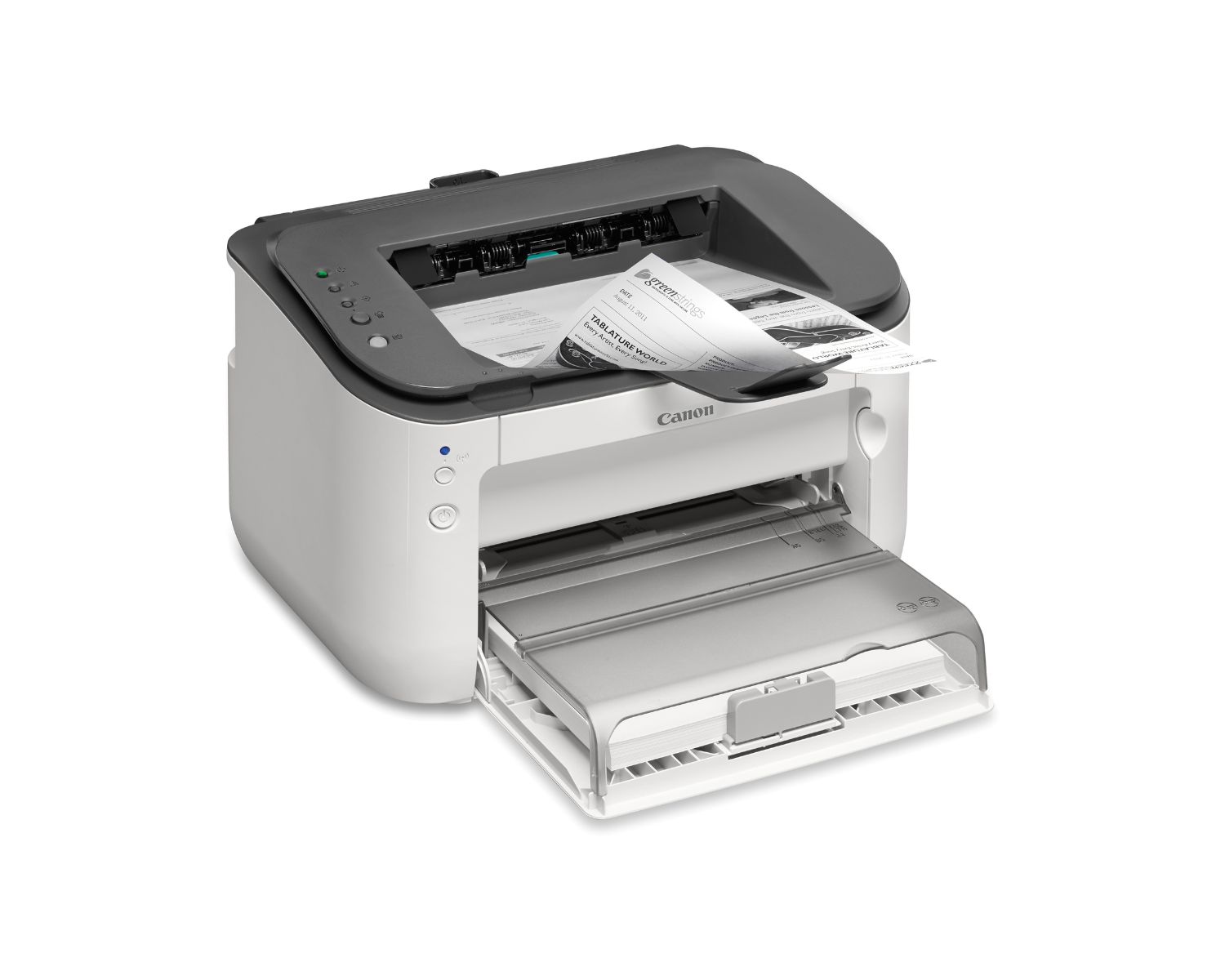
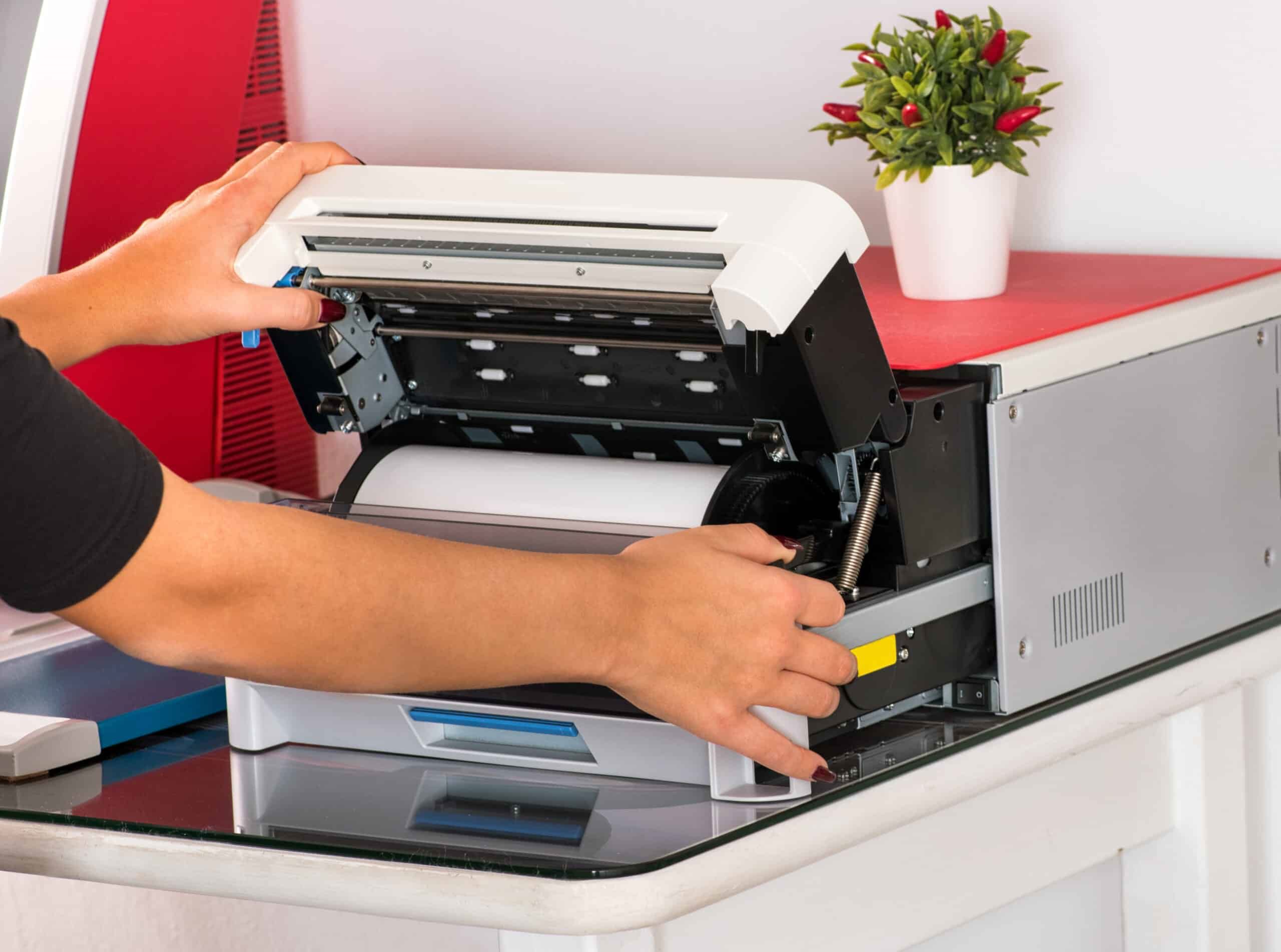
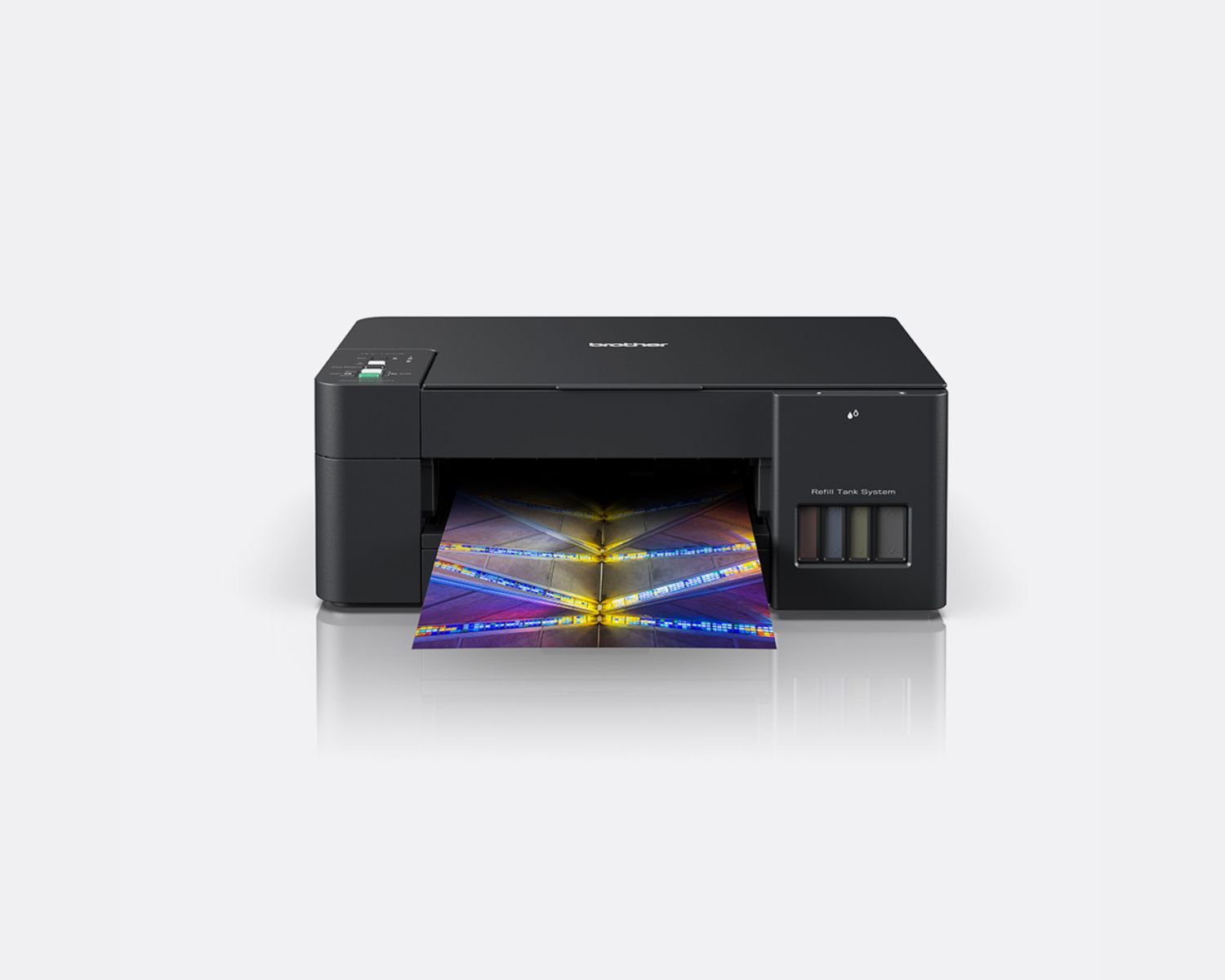
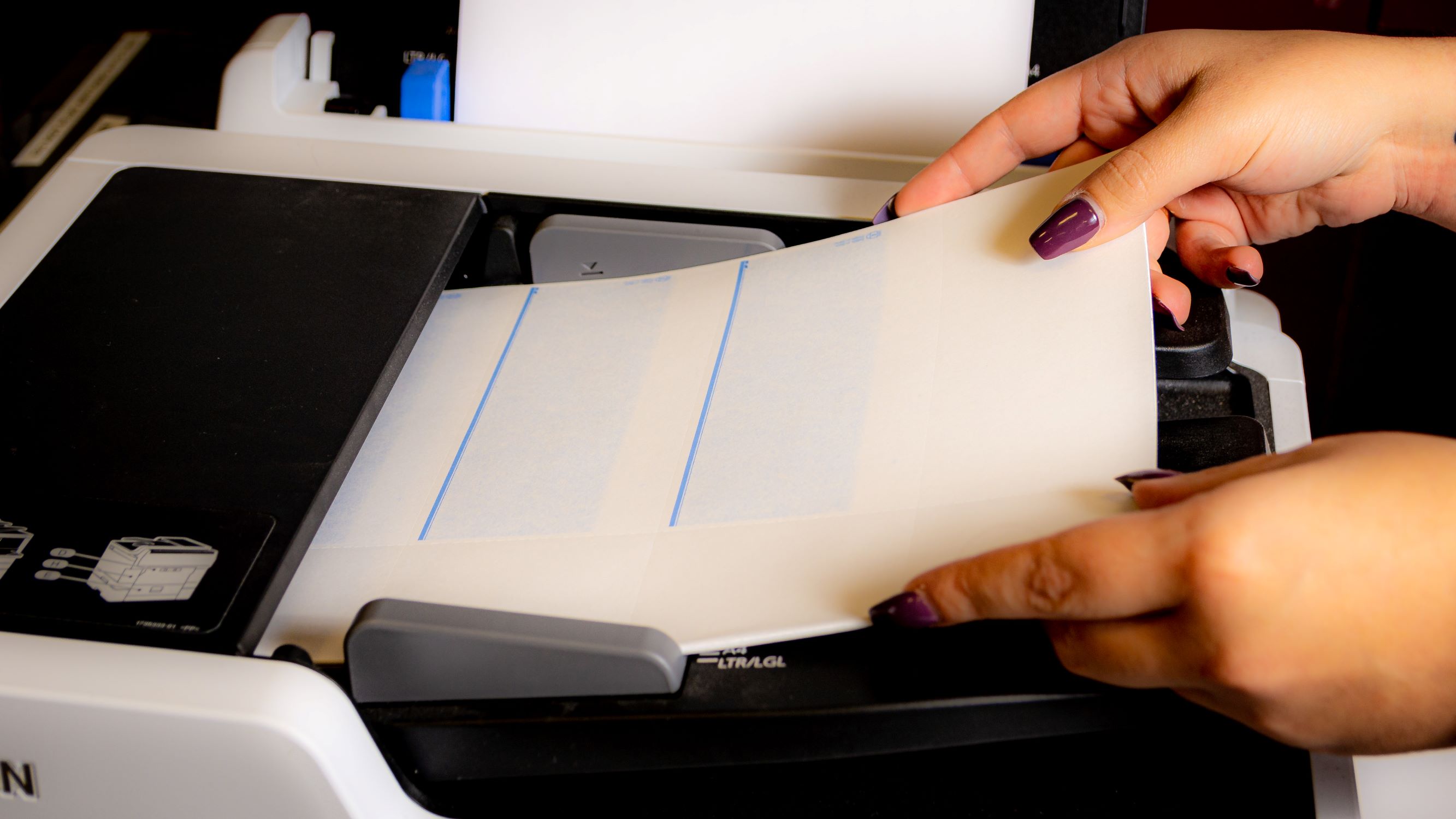

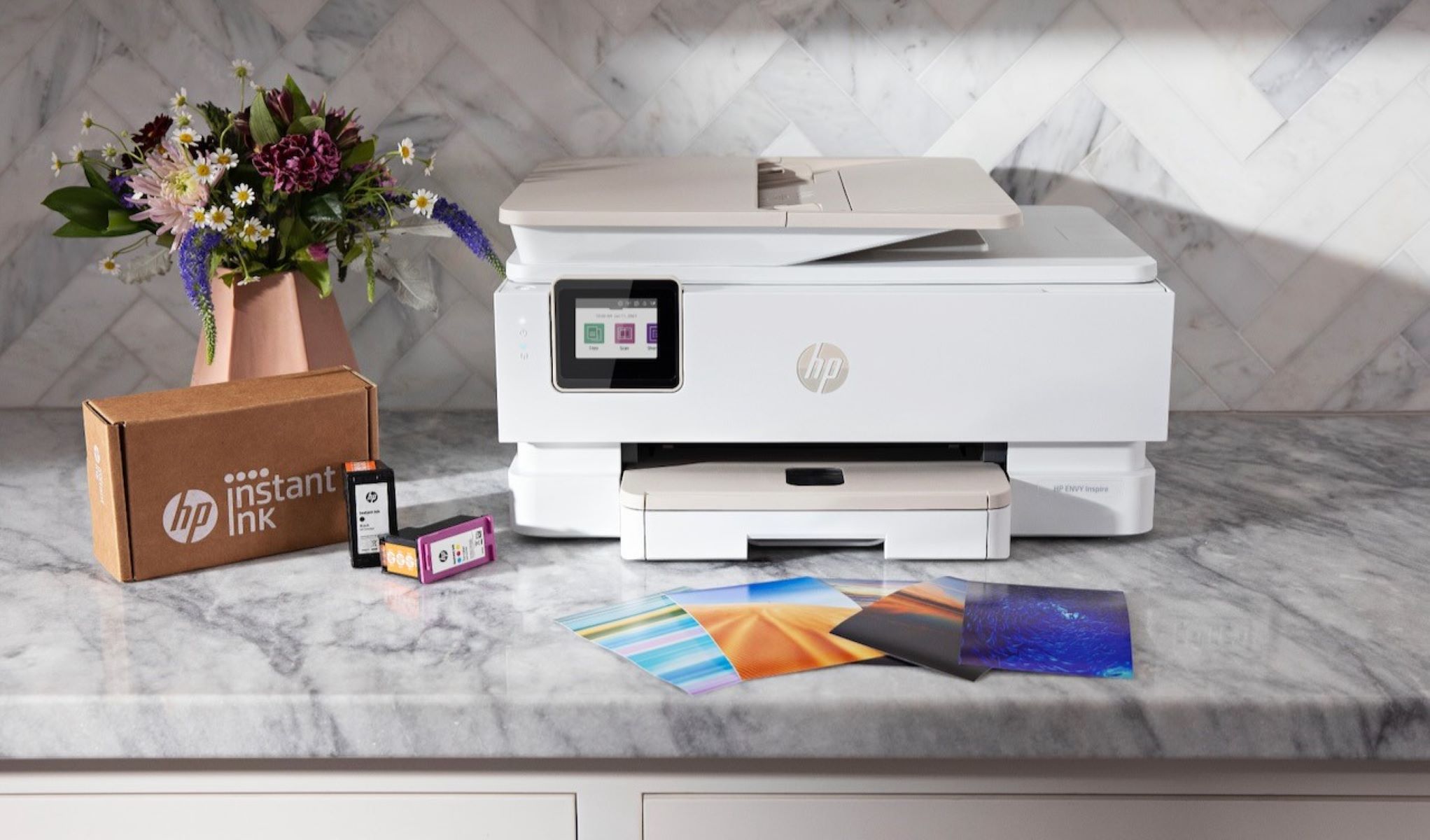
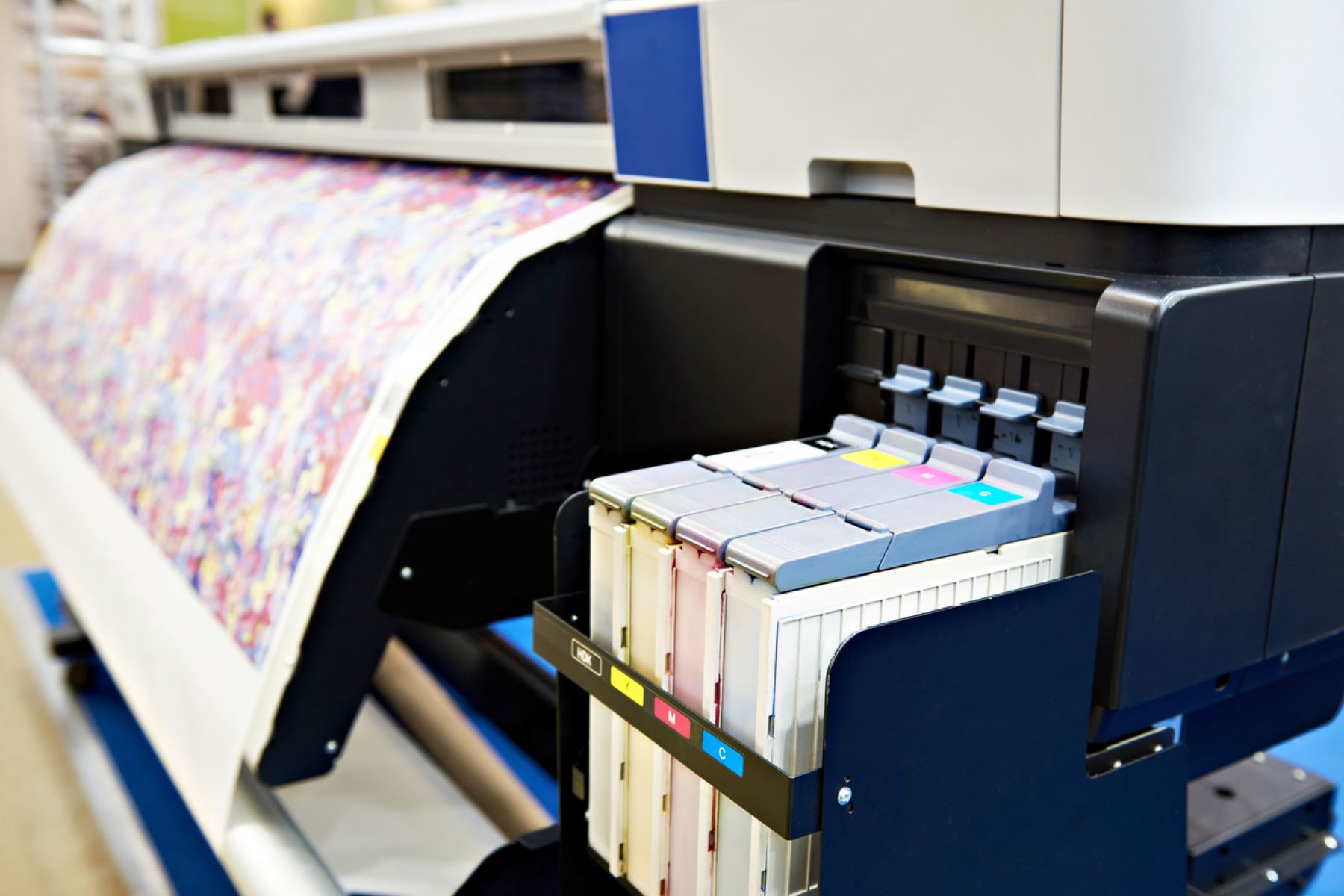

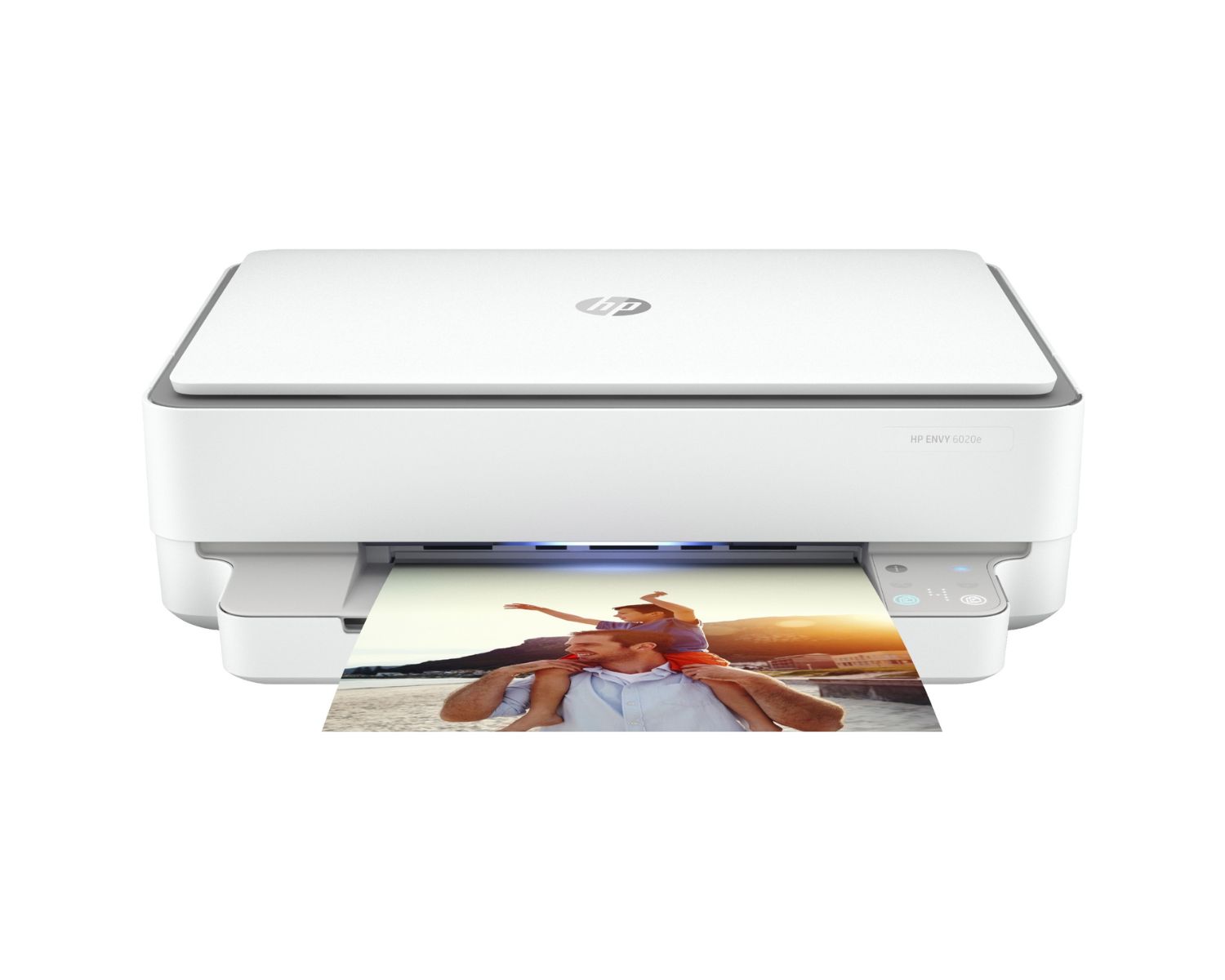
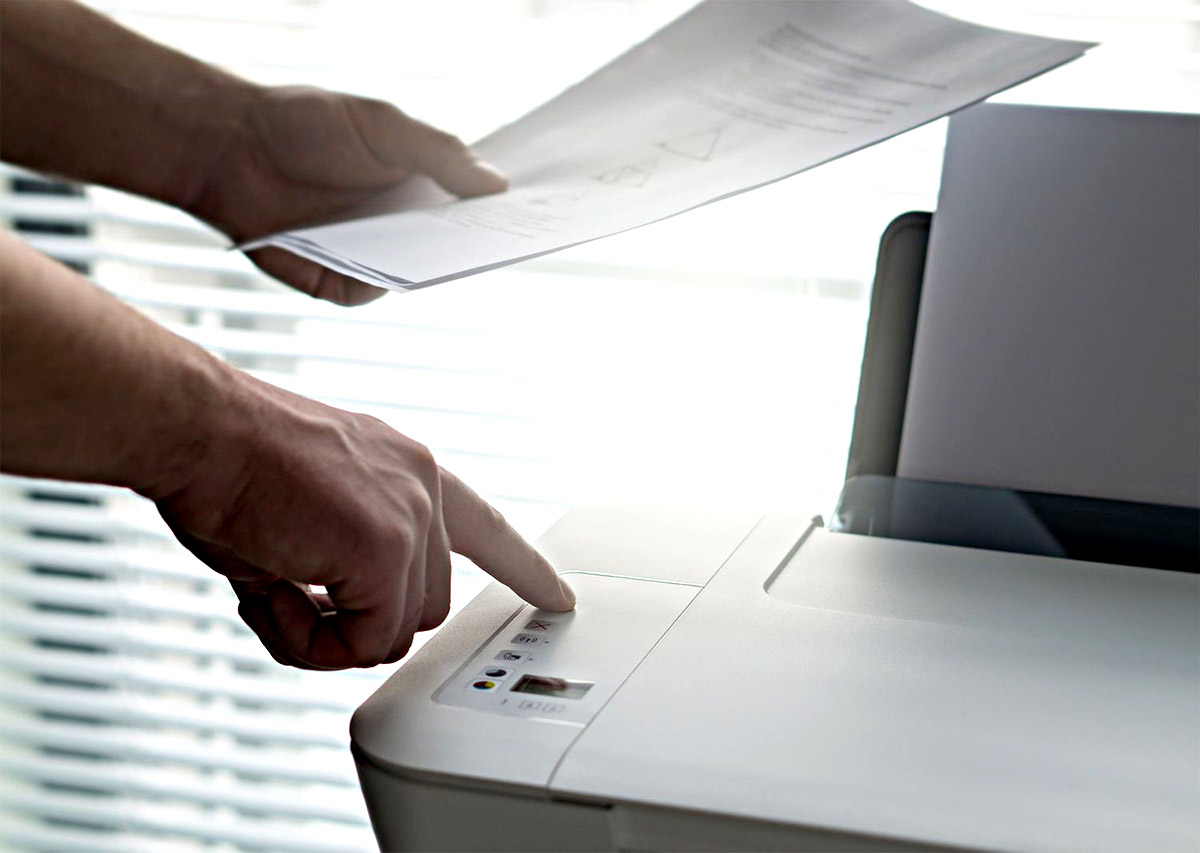
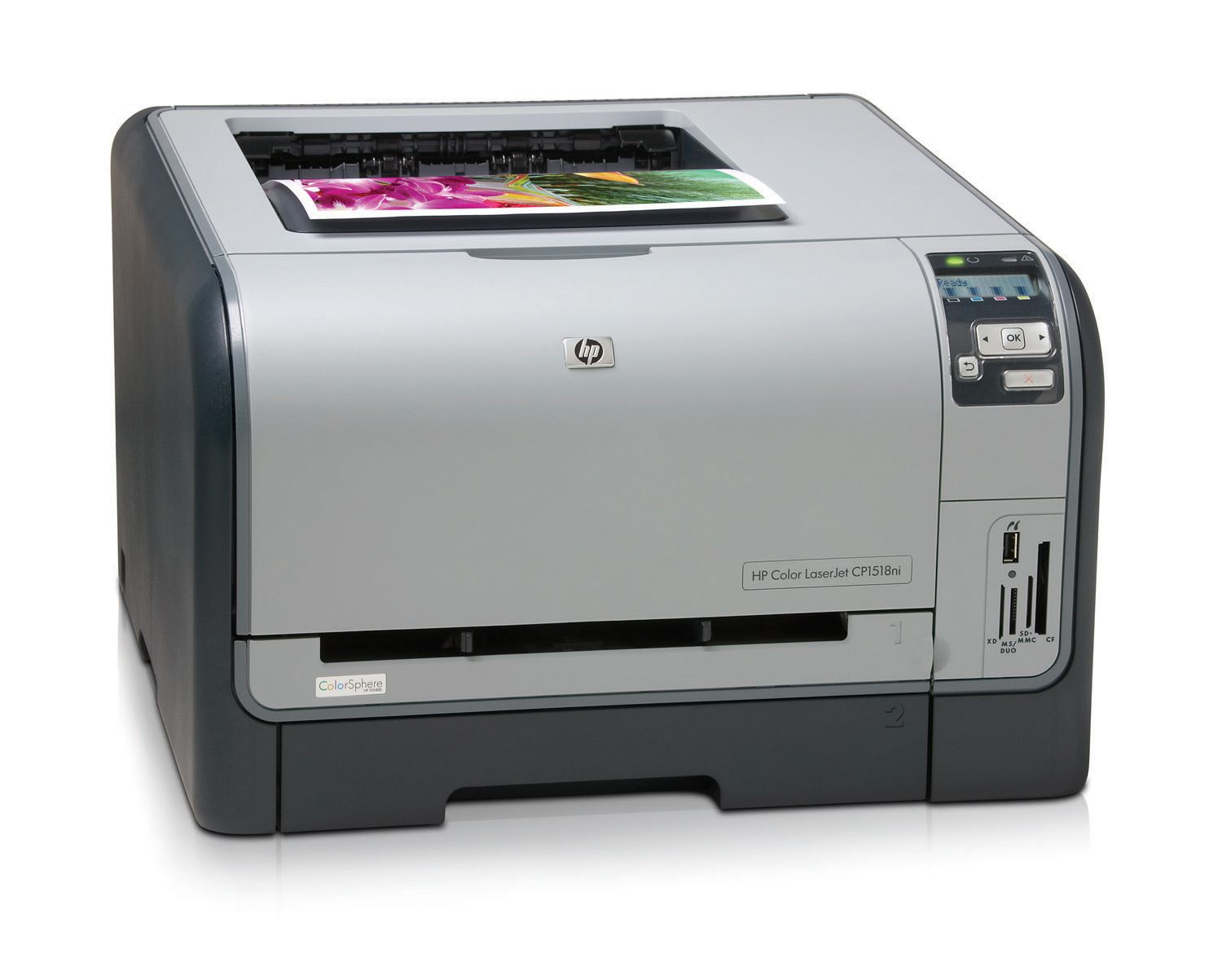
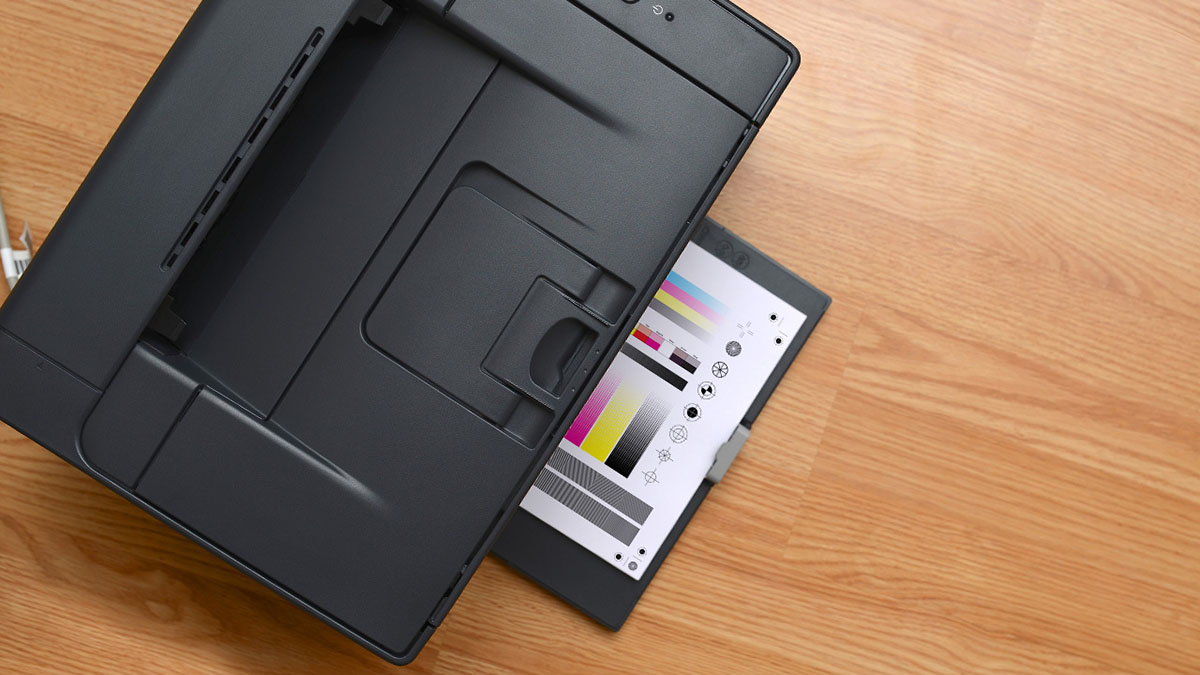
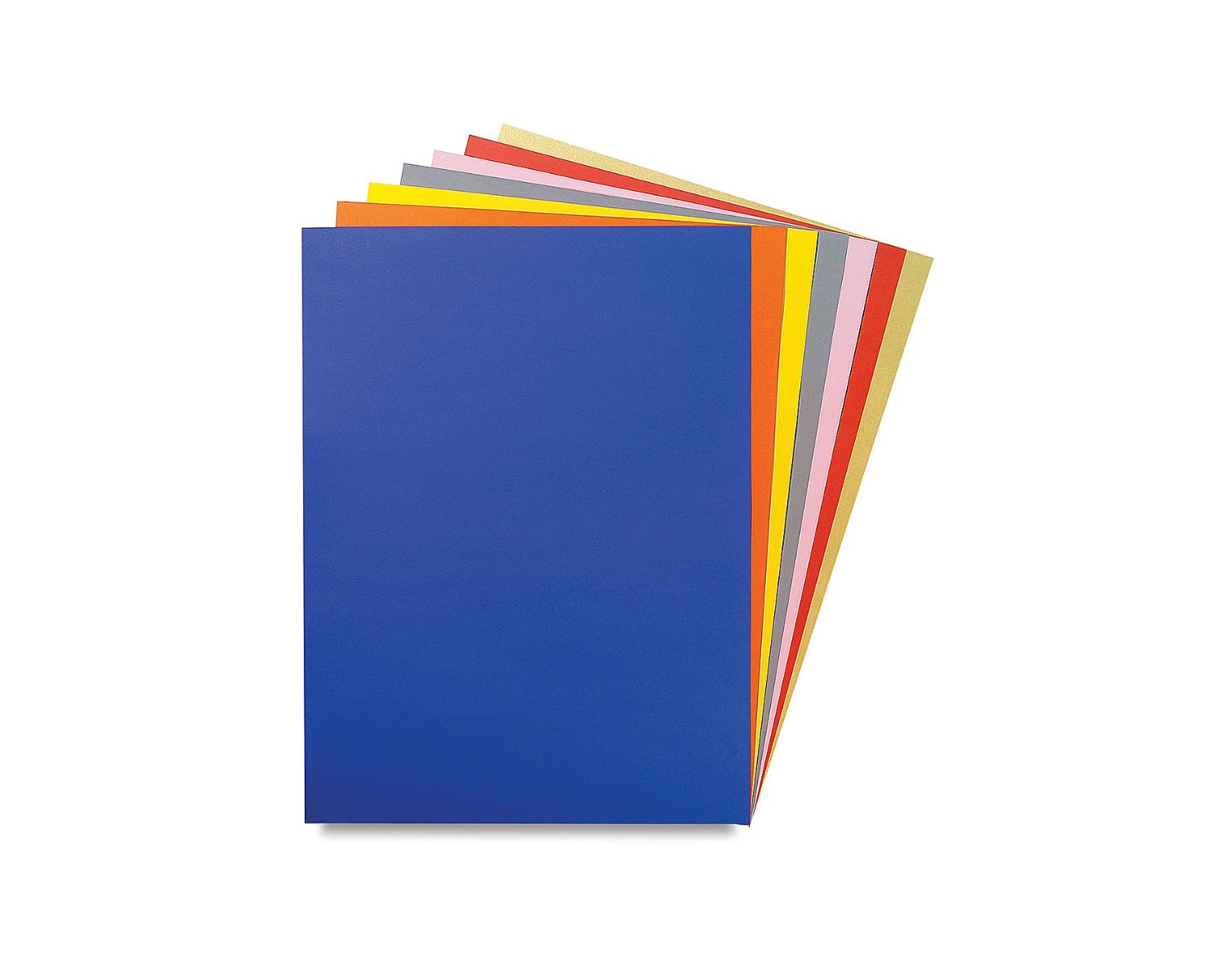
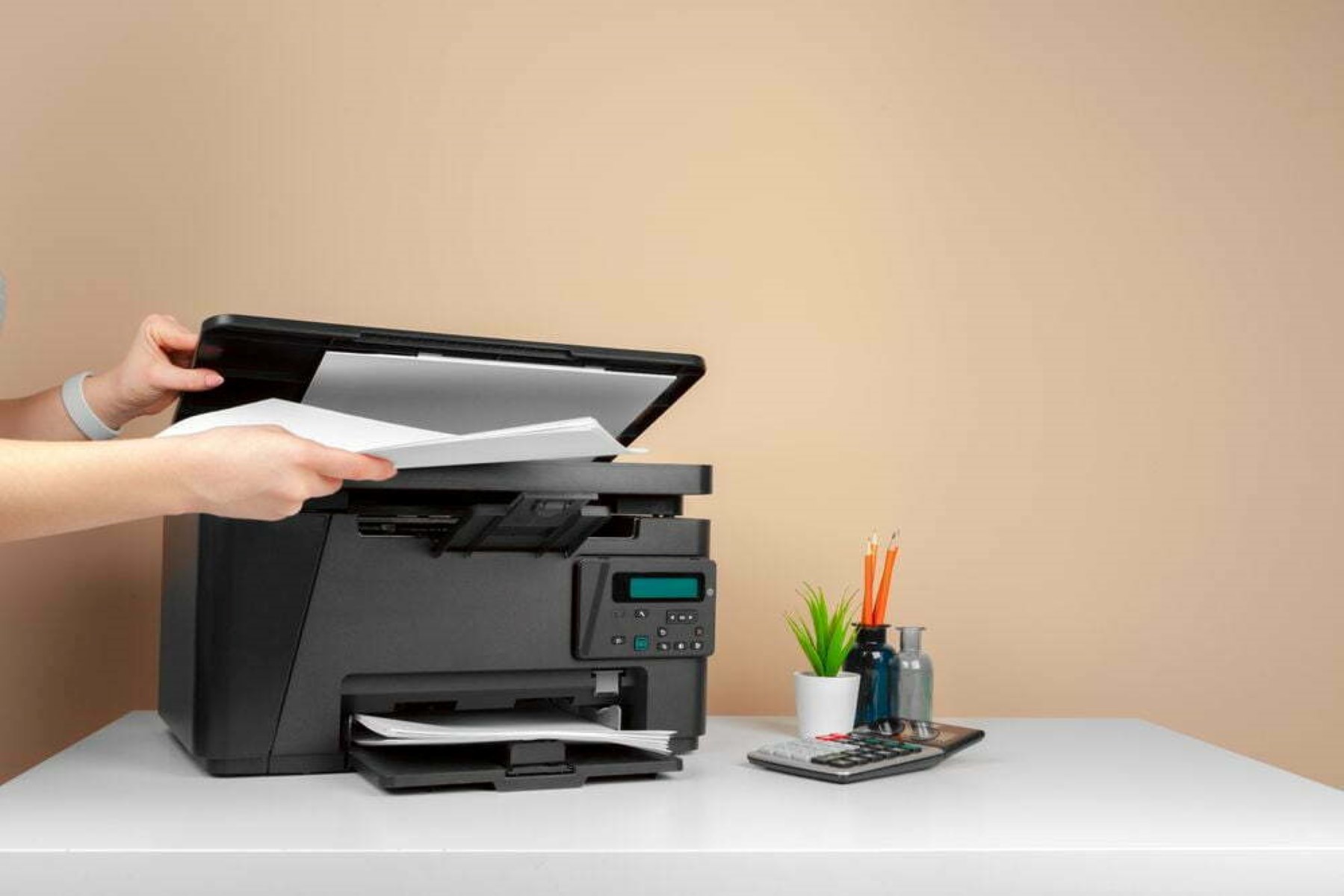

0 thoughts on “How To Get A Printer To Print In Color”